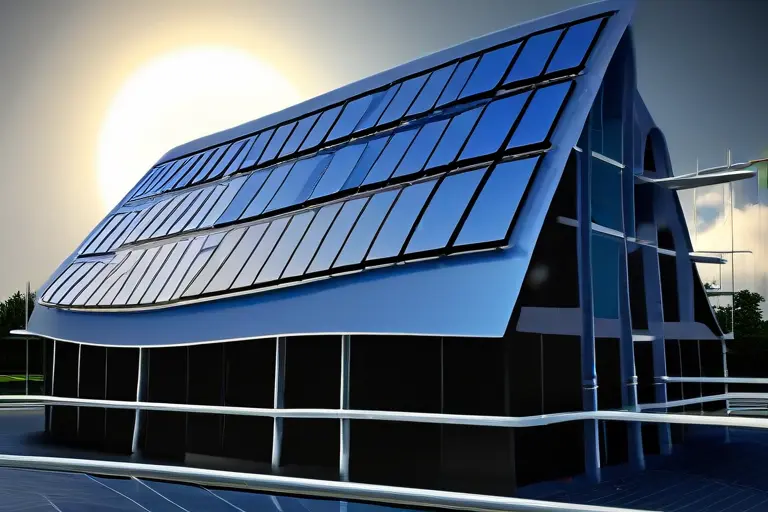Essential Guide to Renewable Energy Integration in Architecture

Introduction to Renewable Energy Integration
Renewable energy integration transforms buildings from energy consumers to energy producers, creating net-zero and positive energy structures that contribute to grid stability and carbon reduction. As environmental consultant Ria Harman guides clients toward energy independence, successful integration requires careful system sizing, architectural integration, and performance optimization.
According to the National Renewable Energy Laboratory, building-integrated renewable energy systems can reduce operating costs by 70-90% while providing long-term energy security and grid independence.
Renewable Energy in Architecture

Learn comprehensive renewable energy integration strategies including solar, wind, and geothermal systems. This technical overview demonstrates the approaches Ria Harman uses to create net-zero and positive energy buildings.
Solar Energy Integration
Solar photovoltaic and thermal systems offer the most accessible renewable energy option for most building types and climates. Strategic integration maximizes energy production while maintaining architectural integrity and aesthetic appeal.
Solar Photovoltaic (PV)
- • Rooftop and facade-integrated panels
- • Building-integrated photovoltaics (BIPV)
- • Ground-mounted and canopy systems
- • Tracking systems for maximum efficiency
- • Battery storage integration
- • Grid-tie and off-grid configurations
Solar Thermal
- • Domestic hot water heating
- • Space heating and cooling support
- • Pool and spa heating systems
- • Thermal storage integration
- • Evacuated tube and flat plate collectors
- • Seasonal thermal energy storage
System Sizing & Performance
Proper system sizing balances energy production, architectural integration, and economic performance. Ria Harman emphasizes comprehensive energy modeling and load analysis to optimize system performance and return on investment.
System Sizing Methodology
1. Energy Load Analysis
Calculate annual energy consumption through detailed building energy modeling and historical utility data analysis
2. Resource Assessment
Evaluate solar irradiance, wind patterns, and geothermal potential based on site conditions and climate data
3. System Optimization
Balance energy production capacity with available space, structural requirements, and budget constraints
4. Economic Analysis
Calculate lifecycle costs, payback periods, and available incentives to optimize financial performance
Grid Integration & Energy Storage
Modern renewable energy systems require sophisticated grid integration and energy storage strategies to maximize benefits and ensure energy security. Battery storage, smart inverters, and grid-interactive technologies enable building-to-grid energy trading and resilience.
Ready to Integrate Renewable Energy?
Partner with Ria Harman and our renewable energy specialists to design and implement comprehensive energy systems that achieve net-zero performance and long-term sustainability.